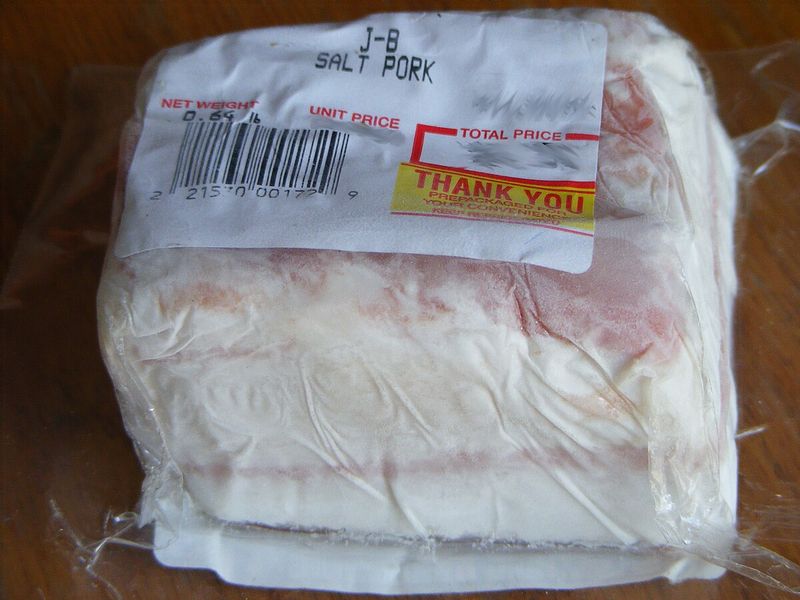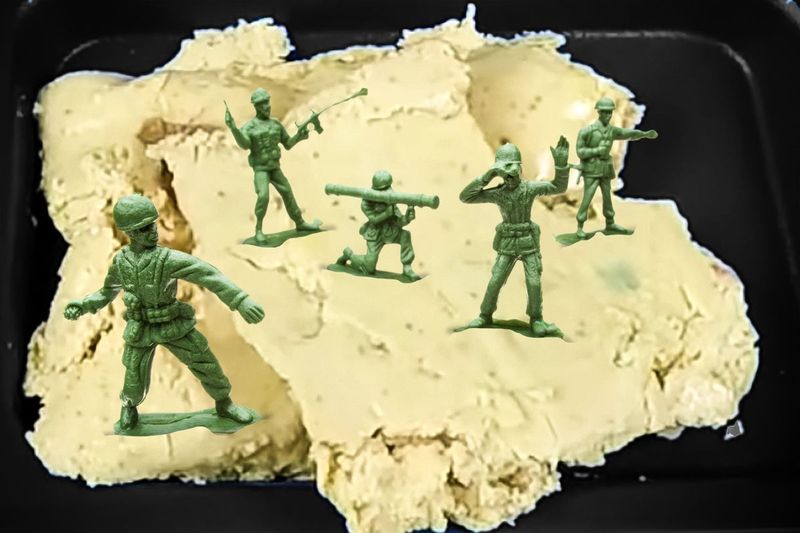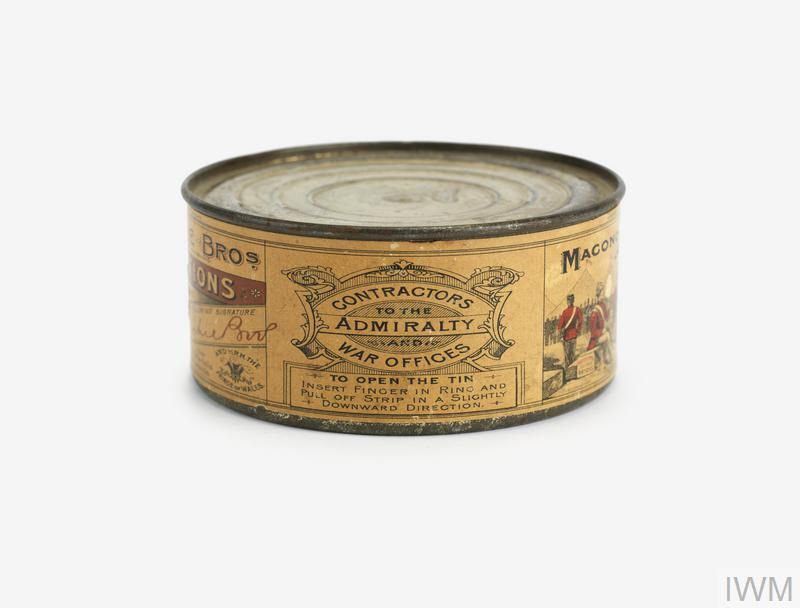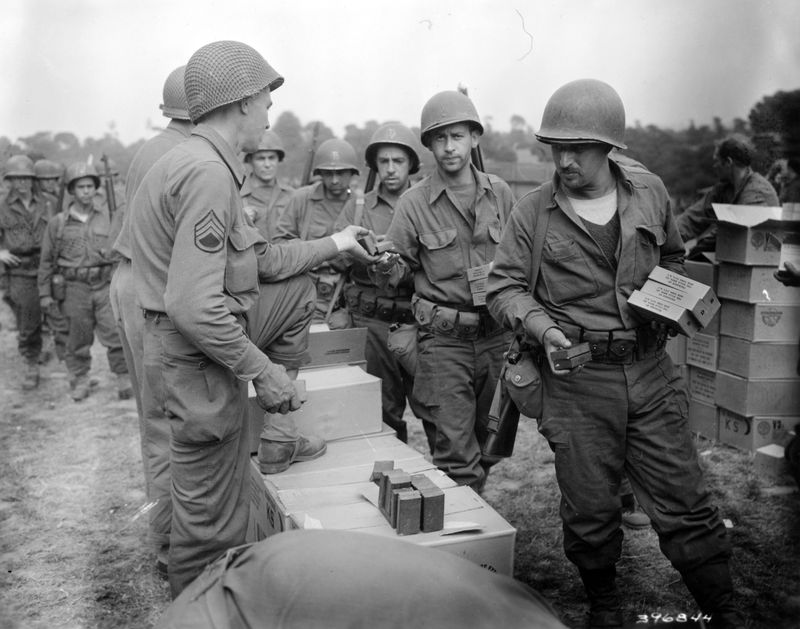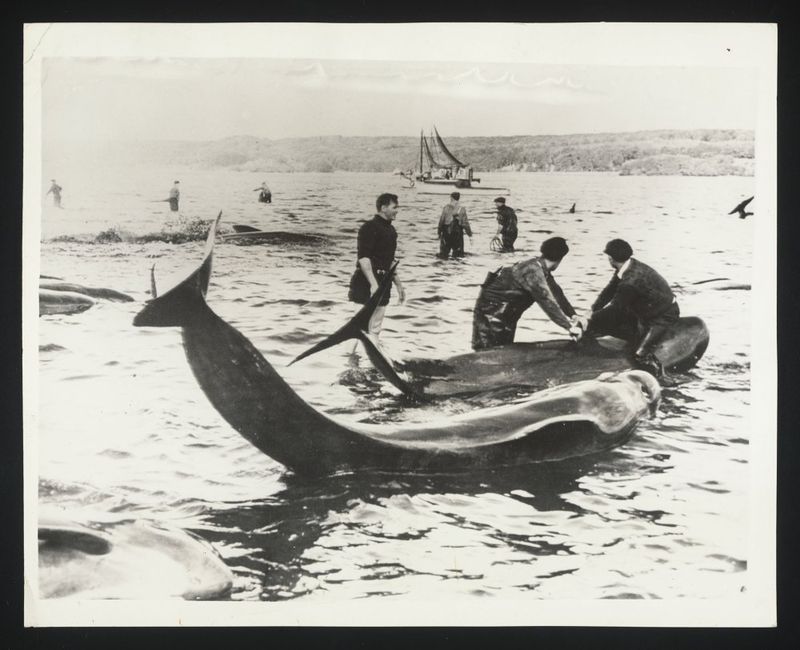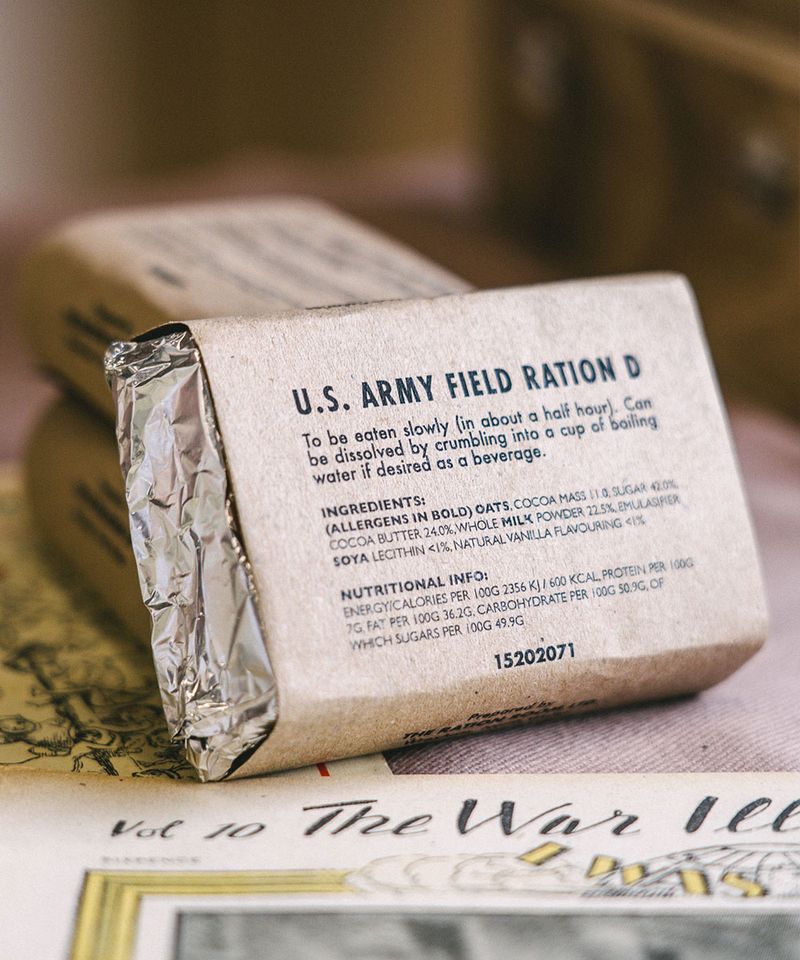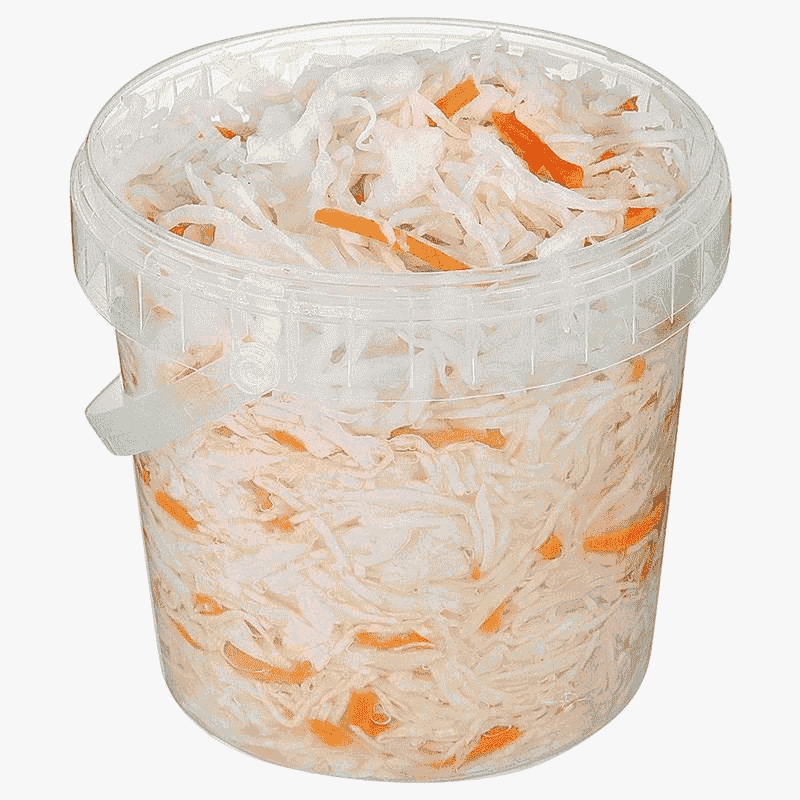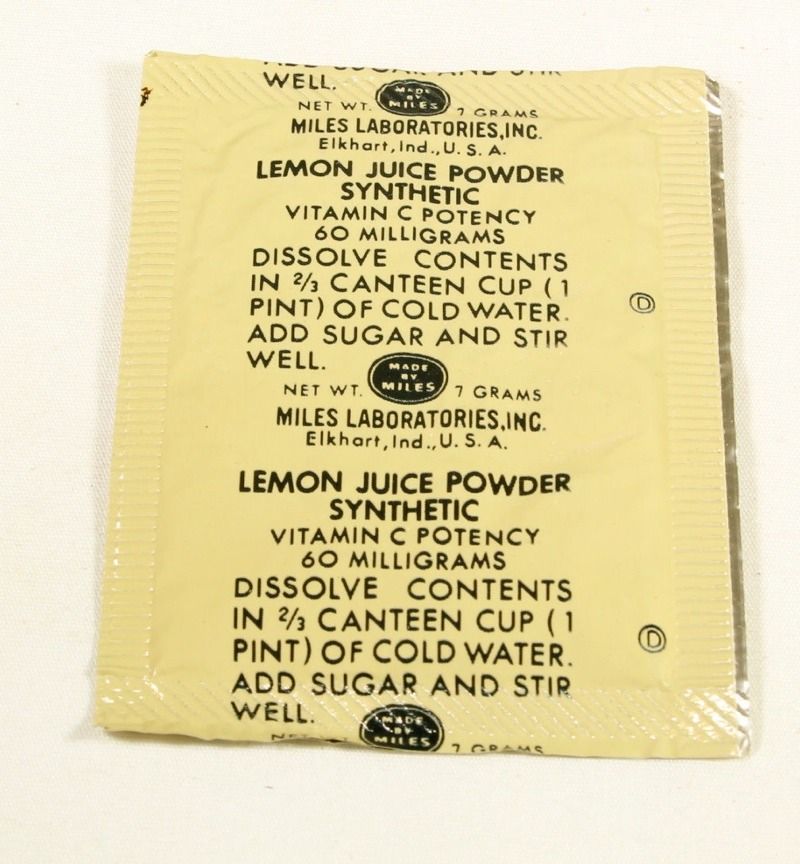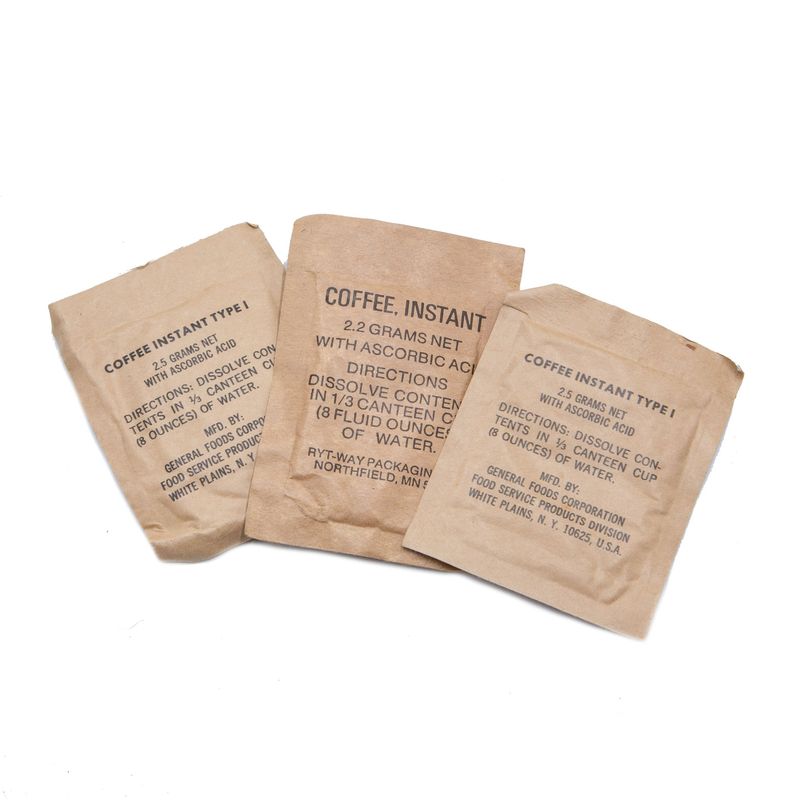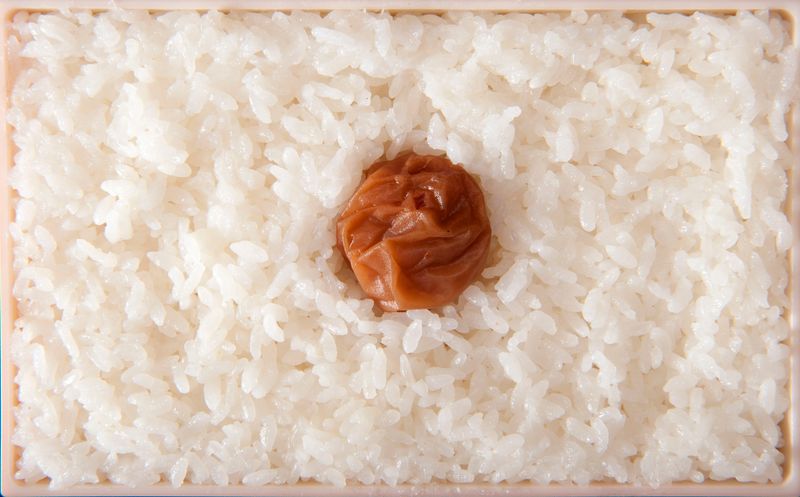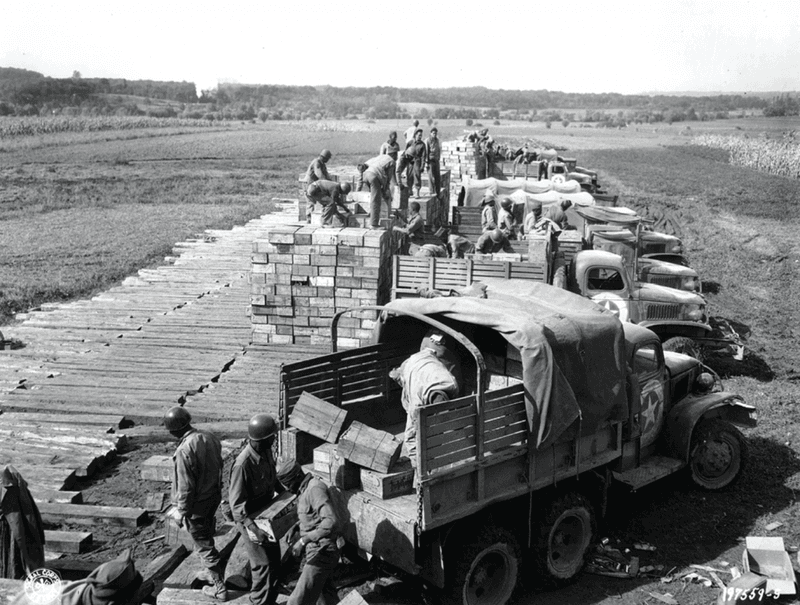When you think of military meals, you might imagine hearty, protein-packed fuel for soldiers in the field. But throughout history, what armies actually fed their troops was often questionable at best. From canned meat to caffeine gum, these rations were designed to keep fighters fit—but some would barely pass for food today. Here are 20 bizarre military rations that were supposed to build strength, boost morale, and maybe just keep you alive.
1. Hardtack (Civil War)
This tooth-breaking cracker was made of just flour, water, and salt. Soldiers joked it was so tough it could stop a bullet—and it often arrived full of weevils. Hardtack was more of a survival tool than a culinary delight. Its simplicity allowed it to last indefinitely, making it a staple in the rations of Civil War soldiers. However, eating it required soaking in water or coffee to soften its rock-hard texture. Despite its durability, hardtack often became infested with insects, adding an unwanted crunch. It was an essential yet dreaded part of a soldier’s diet.
2. Salt Pork (Revolutionary War)
Thick slabs of salted fat were a staple for early American soldiers. It was calorie-dense, sure—but also greasy, gritty, and often spoiled. Salt pork was an important energy source, providing vital calories during the strenuous times of war. However, it wasn’t pleasant to consume, especially when it turned rancid. Soldiers would sometimes cook it with beans or stews to mask its taste and smell. Despite its unappetizing nature, it was a reliable part of the Revolutionary War ration, sustaining troops through harsh conditions and long marches.
3. MRE Omelet (Modern Era)
The infamous “omelet with vegetables” MRE was so reviled that it earned the nickname “vomlet.” It was eventually discontinued—by popular disgust. This meal, packaged in a ready-to-eat format, was meant to provide a comforting breakfast option. Instead, its rubbery texture and unappetizing appearance led to widespread disdain. Despite attempts to improve MREs, this particular offering became notorious for its unpalatability, serving as a reminder that not all innovations benefit the taste buds. Its removal from the menu was met with relief by many soldiers who had endured its presence.
4. Tinned Macon (British WWII)
This British invention was a kind of fake bacon made from mutton. It looked gray, tasted worse, and was detested by soldiers across the empire. Tinned macon was an attempt to mimic the beloved breakfast staple using available resources. Unfortunately, its flavor and texture left much to be desired. Soldiers often found it unappetizing, likening it to eating wool. Despite its drawbacks, it was a necessary compromise in a time of scarcity. Troops consumed it reluctantly, finding creative ways to disguise its taste when possible.
5. Compressed Cereal Bars (Vietnam War)
These rock-hard rectangles of corn and oats were supposed to be portable energy bombs—but they were drier than sand and nearly inedible without water. Compressed cereal bars were designed for convenience and nutrition in challenging environments. Unfortunately, their extreme dryness made them tough to swallow unless softened in liquid. Despite the difficulties in consumption, soldiers appreciated the energy boost they provided. In the humid and often hostile conditions of the Vietnam War, these bars became a symbol of the struggle between practicality and palatability.
6. Army Cheese (World War I)
Dense and waxy, this processed cheese came in tins and was meant to replace meat. Troops called it “death in a can” because it clogged more than just arteries. Army cheese was a dubious substitute for real food, offering soldiers a waxy block that was difficult to digest. Its high-fat content provided energy, but at a cost to taste and texture. Often compared to rubber, this cheese was more of a burden than a treat. Still, in the dire circumstances of war, it was a calorie source that soldiers couldn’t afford to ignore.
7. Whale Meat (Norwegian Navy)
Whale meat was a protein source for Norway’s navy. It was tough, oily, and rubbery—and no, ketchup didn’t help. Despite its challenging texture and strong taste, whale meat was a readily available resource for Norwegian forces. Sailors had to develop a taste for it, often trying to mask its flavor with spices or sauces. The meat provided essential nutrients, though it was far from a favorite. Its inclusion in rations was more about necessity than culinary preference, reflecting the unique challenges faced by naval forces in the icy northern waters.
8. Chocolate D-Ration Bar (WWII)
Designed not to melt and to be “barely palatable” so soldiers wouldn’t snack, this bar was more survival tool than treat. The chocolate D-ration bar was a compact source of energy, intended to be consumed only in emergencies. Its bitterness and dense texture deterred casual consumption, ensuring it lasted when needed most. While the concept was practical, soldiers often found the bar unpleasant. Nevertheless, it served its purpose, providing vital calories in harsh conditions. This ration became synonymous with wartime perseverance, as troops relied on its sustenance despite its lack of appeal.
9. Pickled Cabbage (Imperial Russia)
Crammed into barrels and issued to troops, pickled cabbage fought scurvy—but also turned into sour mush in the trenches. This fermented vegetable was a staple in the Russian diet, offering vitamins essential for health. Despite its health benefits, its taste and texture often left much to be desired, especially after long storage. Soldiers faced with the harsh conditions of war had little choice but to consume it. The pickled cabbage became a symbol of survival, its pungent aroma lingering long after its nutrients were absorbed.
10. Canned Spotted Dick (British Army)
Yes, it’s a real dessert: sponge cake with raisins in a can. While sweet, its texture and name left many soldiers suspicious. Canned spotted dick was a curious inclusion in military rations, offering a touch of home comfort. However, its soggy consistency and odd appearance challenged even the sweet-toothed. The dessert’s peculiar name added to its notoriety, sparking humor and skepticism among troops. Despite these quirks, spotted dick provided a sugary boost in stressful times, its familiarity serving as a small morale booster.
11. Lemonade Powder (U.S. Cold War Era)
A tangy, chalky mix that was supposed to refresh. Instead, it often made water taste worse—especially in desert deployments. Lemonade powder was intended to enhance hydration with a burst of flavor. However, its chalky texture and artificial taste frequently disappointed. Soldiers in arid environments found little solace in its sour notes, which often clashed with the taste of treated water. Despite its shortcomings, the powder was a regular component of rations, a testament to efforts in keeping troops refreshed under challenging conditions.
12. Horsemeat Sausage (WWII Axis Powers)
High in protein, low in appeal. This was a last-resort meat when resources ran low, and it never won any culinary medals. Horsemeat sausage served as a substitute for more desirable meats, providing necessary sustenance during shortages. Its flavor and reputation, however, left much to be desired. Often considered a food of desperation, it was consumed with reluctance. Soldiers had to rely on their creativity to make the best of it, using spices or bread to improve its taste. Despite its drawbacks, it was a crucial component of wartime diets when options were limited.
13. Instant Coffee Packets (Vietnam Era)
A jolt of caffeine in a plastic pouch—but sometimes it came with bugs or had already hardened into a solid mass. Instant coffee packets provided a much-needed caffeine boost for weary soldiers, offering a taste of comfort in challenging environments. However, their quality often suffered from the elements, turning a simple pleasure into a gritty ordeal. Despite these challenges, the caffeine kick was appreciated, helping to maintain alertness in the demanding conditions of Vietnam. This ration highlighted the delicate balance between necessity and convenience in military life.
14. Rice Balls with Umeboshi (Japan, WWII)
These sour plum-filled rice balls were light and portable—but the strong taste wasn’t for everyone. The combination of rice and umeboshi offered a convenient and nutritious meal, though its intense flavor divided opinions. For some, the tartness of the plum was invigorating; for others, it was overwhelming. Despite differing tastes, rice balls provided essential energy and easy transport, fitting the needs of soldiers on the move. Their cultural significance added a layer of familiarity and pride, reinforcing the connection between sustenance and identity in times of conflict.
15. Cheese Spread (MRE, Modern)
An oozy, shelf-stable paste that often tasted more like plastic than cheese. It came in flavors—none of which helped. Cheese spread was intended to add variety to MREs, offering a semblance of dairy in a convenient package. Unfortunately, its taste and texture were frequently derided, leading to creative usage by soldiers trying to improve its appeal. Despite these efforts, it remained a challenging part of the ration, more tolerated than enjoyed. The spread’s resilience in different conditions highlighted the complexities of providing suitable nutrition in demanding situations.
16. Dehydrated Beef Patties (Gulf War Era)
Basically meat jerky rehydrated with water. Sound okay? Now imagine doing it in 110-degree heat with gritty canteen water. Dehydrated beef patties were a compact source of protein, designed for ease of transport and long shelf life. However, their preparation often posed a challenge, as the rehydration process was imperfect at best. The resulting texture and taste varied, often leaving soldiers unsatisfied. Despite these issues, the patties were a vital component of the ration, offering necessary sustenance in challenging environments where fresh food was scarce.
17. Spam (WWII and Beyond)
Beloved by some, loathed by others—Spam was a battlefield mainstay for decades. Salty, squishy, and always suspiciously pink. Spam’s versatility made it a practical choice, though its appearance and taste often drew skepticism. It could be eaten straight from the can or cooked with other ingredients, providing flexibility to resourceful soldiers. Despite its polarizing reputation, Spam became synonymous with wartime rations, a familiar presence that endured beyond the battlefield. Its lasting impact on military and civilian diets testifies to its utility and resilience, even if it wasn’t always welcome.
18. Canned Fried Rice (Modern Japan SDF)
Imagine soggy rice in a tin can, then picture eating it cold. Even the high-tech Japanese military couldn’t make it appetizing. Canned fried rice was an attempt to provide a convenient, familiar meal. Unfortunately, the rice’s texture suffered in preservation, leaving it unappetizing to many. Despite the advancements in packaging and preservation, flavor remained an elusive goal. The inclusion of this canned meal highlighted the ongoing challenges of balancing convenience with taste. Soldiers consumed it out of necessity, often wishing for fresher options.
19. Meat Jelly (Various European Forces)
Also known as aspic, this was gelatinized meat stock with chunks of meat. Think of it as meat Jell-O. Then try not to think about it. Meat jelly was a peculiar addition to rations, providing protein and calories in a unique format. Its appearance and texture often startled those unfamiliar with it, leading to mixed reactions. Despite its odd presentation, it offered necessary nutrition in compact form. The dish’s historical roots in European cuisine underscored the diverse approaches to military sustenance, merging tradition with practicality in a single jar.
20. Chewing Gum with Caffeine (Modern U.S. Rations)
A new-gen invention: gum laced with caffeine to give tired troops a boost. But it left many wondering if staying awake was worth the bitter aftertaste. This modern ration component was designed to enhance alertness without the need for brewing coffee. While effective in delivering a quick energy boost, its flavor often detracted from the experience. Soldiers appreciated its convenience, particularly in fast-paced situations where traditional caffeine sources were impractical. Despite the mixed reception, caffeine gum represented the innovative push to adapt to modern military needs.


